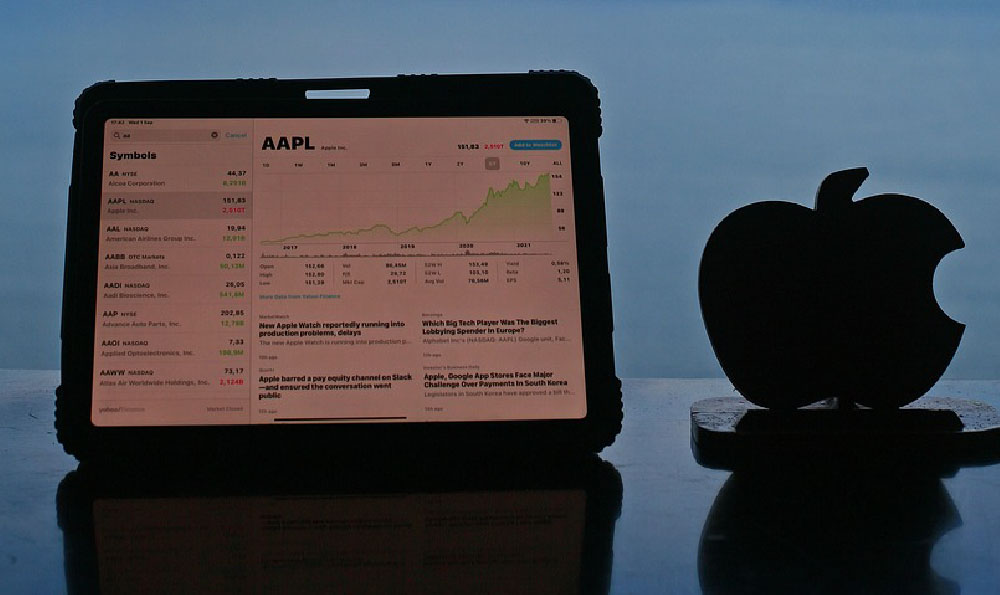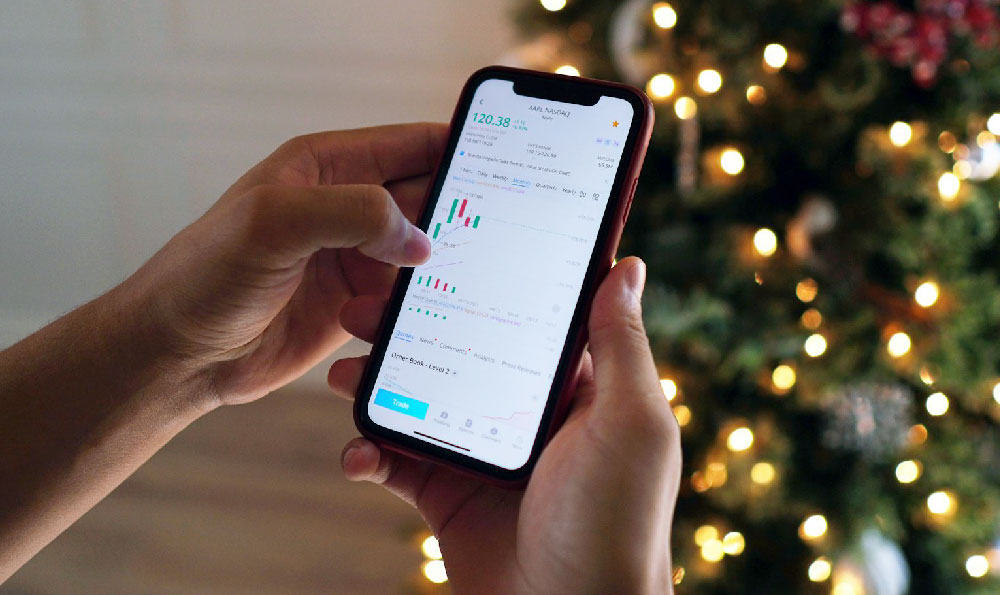How Much Does Disney World Florida Earn Daily? What is Disney's Daily Profit?

How Much Does Disney World Florida Earn Daily? What is Disney's Daily Profit?
Disney World in Florida, a magical kingdom attracting millions each year, is a financial behemoth. Understanding its daily earnings and profits offers a fascinating glimpse into the scale of the entertainment giant's operations. While exact figures are closely guarded and fluctuate significantly, we can arrive at reasonable estimates by examining various revenue streams and operational costs.
Understanding Disney World's Revenue Streams

Disney World's revenue comes from diverse sources, each contributing significantly to its overall financial performance:
-
Park Admissions: Ticket sales are the primary driver of revenue. With multiple theme parks (Magic Kingdom, Epcot, Hollywood Studios, Animal Kingdom), water parks (Typhoon Lagoon and Blizzard Beach), and varying ticket prices (single-day, multi-day, park hopper options), admission fees contribute a substantial portion of daily earnings.
-
Resorts: Disney World boasts numerous themed resorts, from value accommodations to deluxe hotels. Room occupancy rates, room service, and other resort amenities generate a significant revenue stream.
-
Food and Beverage: Dining is an integral part of the Disney experience. From quick-service restaurants to fine-dining establishments, food and beverage sales contribute considerably to daily revenue. Character dining experiences, in particular, are a high-margin revenue driver.
-
Merchandise: Souvenirs, apparel, and other merchandise are ubiquitous throughout the parks and resorts. Retail sales represent a significant revenue stream, particularly during peak seasons.
-
Special Events and Experiences: Events like Mickey's Not-So-Scary Halloween Party and the Epcot International Food & Wine Festival, as well as special experiences such as VIP tours and behind-the-scenes access, add to the daily income.
-
Other Revenue Streams: Minor sources like parking fees, stroller rentals, and pet care also contribute to the total revenue, although to a lesser extent compared to the major categories.
Estimating Daily Revenue: A Closer Look
Calculating Disney World's daily revenue requires careful consideration of attendance figures, average spending per guest, and operational costs. While precise data is not publicly available, industry analysts provide estimates based on available information.
Attendance is a key factor. Disney World's Magic Kingdom alone sees tens of thousands of visitors daily. Other parks also contribute significantly. It's estimated that average daily attendance across all parks fluctuates between 150,000 and 250,000 guests.
Average spending per guest encompasses all expenditures within the park, including tickets, food, merchandise, and other incidentals. This figure varies depending on the season, the type of visitor (e.g., families, couples, solo travelers), and spending habits. Industry estimates place average per-guest spending between \$150 and \$250.
Therefore, a rough calculation suggests that Disney World's daily revenue could range from \$22.5 million to \$62.5 million. This is a wide range, reflecting the inherent variability in attendance and spending habits. Factors such as seasonal promotions, special events, and economic conditions also play a role.
Delving into Disney's Daily Profit
While revenue indicates the total income generated, profit represents the amount remaining after deducting all operating costs. These costs include:
-
Salaries and Wages: Disney World employs tens of thousands of cast members (employees) across various departments, including park operations, entertainment, food service, and hospitality. Payroll expenses are substantial.
-
Operating Expenses: This includes costs associated with park maintenance, utilities, transportation, security, entertainment (shows, parades), and marketing. Maintaining the immersive and high-quality experience Disney is known for requires significant investment.
-
Depreciation: Theme park attractions, resorts, and other assets depreciate over time, and this depreciation expense is factored into the overall cost structure.
-
Interest Expense: Disney carries debt, and interest payments on that debt reduce profits.
-
Taxes: Disney World is subject to various taxes, including income tax, property tax, and sales tax.
Calculating daily profit requires a detailed understanding of these expenses, which are not publicly available. However, analysts estimate that Disney's profit margin for its parks, experiences, and products segment (which includes Disney World) typically falls between 15% and 25%.
Applying this profit margin to our estimated daily revenue range (\$22.5 million to \$62.5 million) suggests that Disney World's daily profit could range from \$3.375 million to \$15.625 million.
Factors Influencing Daily Profitability
Several factors can significantly impact Disney World's daily profitability:
-
Seasonality: Peak seasons (summer, holidays) see higher attendance and revenue, but also increased operating costs due to extended hours and increased staffing. Off-seasons experience lower attendance but also reduced operating costs.
-
Economic Conditions: Economic downturns can lead to decreased discretionary spending, affecting attendance and average spending per guest.
-
Competition: The presence of other theme parks and entertainment options in the Orlando area can impact Disney World's market share and profitability.
-
New Attractions and Offerings: The introduction of new attractions, shows, and experiences can boost attendance and revenue.
-
Marketing and Promotions: Effective marketing campaigns and promotional offers can attract more visitors and increase spending.
The Intangible Value of the Disney Brand
Beyond the tangible revenue streams and profit margins, the Disney brand holds immense intangible value. The emotional connection that visitors have with Disney characters, stories, and experiences creates a powerful sense of loyalty and encourages repeat visits. This brand loyalty allows Disney to command premium prices and maintain a competitive advantage. The brand's value significantly contributes to the long-term financial success of Disney World.
Conclusion: A Lucrative Kingdom
While pinpointing the exact daily earnings and profit of Disney World Florida is challenging due to the complexity of its operations and the proprietary nature of financial data, it's clear that the resort is a significant revenue generator. Millions of dollars flow through its gates daily, making it a major economic engine for the state of Florida and a cornerstone of the Walt Disney Company's financial success. The combination of high attendance, diverse revenue streams, and the enduring appeal of the Disney brand contributes to a substantial daily profit that continues to fuel the company's growth and expansion. The estimates provided offer a plausible range that paints a realistic picture of Disney World's financial prowess, acknowledging the fluctuating nature of the business and its sensitivity to external factors.















